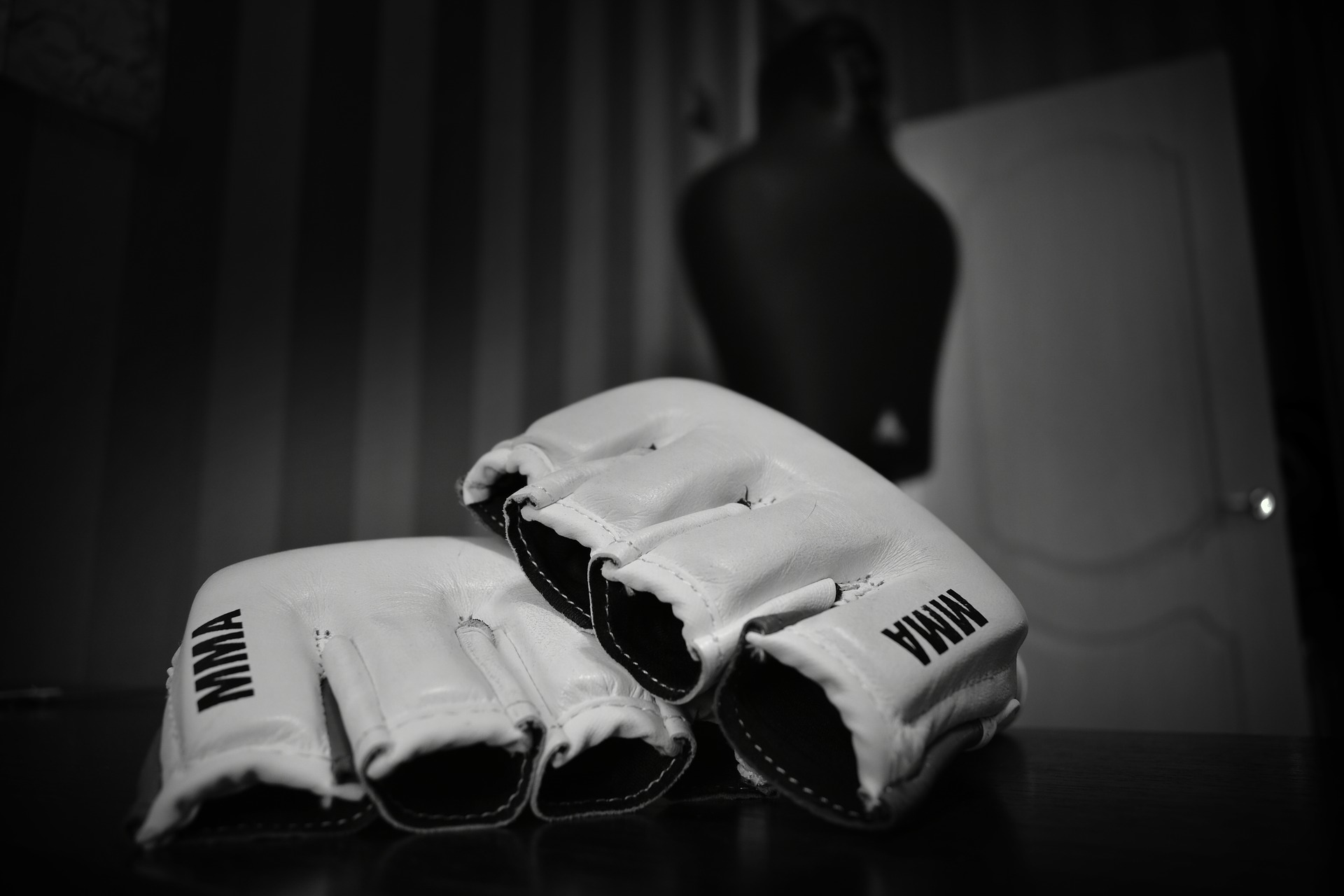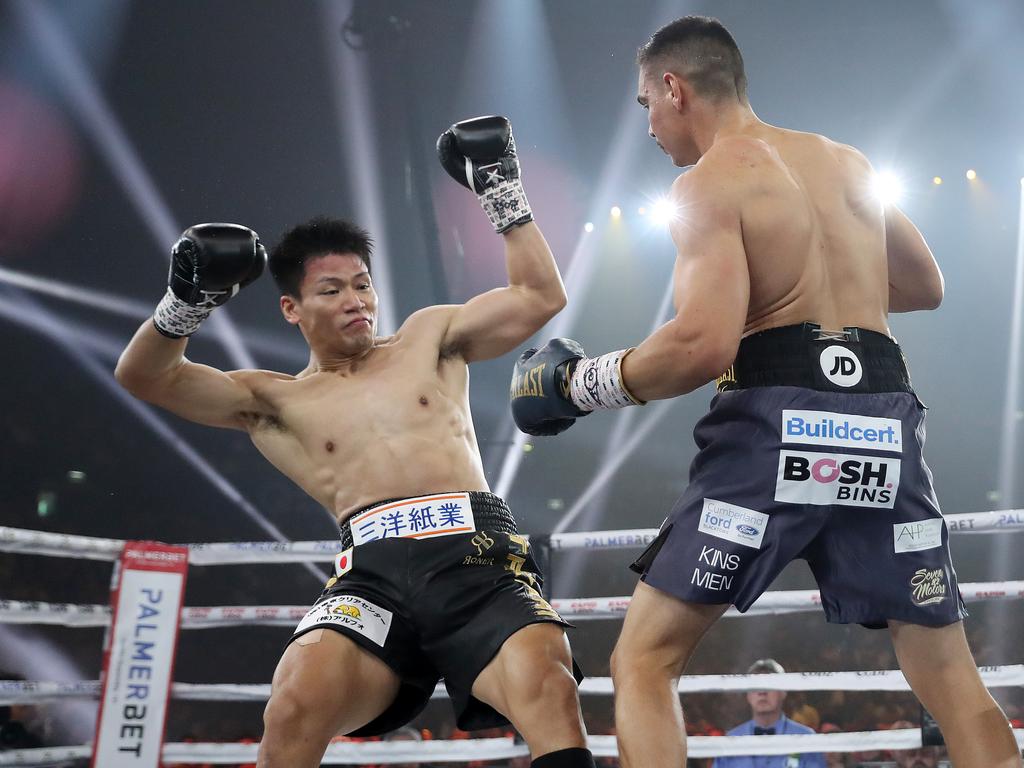When you have decided that it is time for you to get into shape, or you want to try something new and exciting, you may be wondering about Mixed Martial Arts. MMA sounds like a sport for the young and athletic, so what does this mean for someone who is 22 and considering this sport? Is 22 too old to start it?
Mixed martial arts is practiced by both professionals and amateurs who compete in all the different disciplines under MMA. This blog will guide you through the disciplines of mixed martial arts, help you find the right gym, and give you some advice on how to get started.
Introduction to mixed martial arts
MMA is a full-contact combat sport that allows both striking and grappling, both standing and, on the ground, using techniques from other combat sports and martial arts. The most common ‘styles’ of MMA today are based on Brazilian jiu-jitsu, wrestling (both freestyle and Greco-Roman), muay thai, karate, boxing and judo.
There are many reasons people start training mixed martial arts. Some train for the competition, some are looking to get in shape and build muscle, and others do it to learn the skills of self-defence.
A big misconception is that you must be young to train MMA. In fact, there are many athletes over the age of thirty training MMA all over the world. However, when you’re starting out, there are some things you need to keep in mind.
There are many reasons why younger people choose to take up the sport of MMA. For some it’s about competition, for others about staying fit and healthy, and others do it for self-defence purposes. Whatever their reason for starting, young people tend to focus more on specific areas of the game. They tend to train techniques that they think will work well against other young fighters with similar skill levels.
Talk to the right people and learn about the sport
Talk to the right people and learn about the sport. I know that sounds silly, but so many people get involved without knowing anything about it. Without research people can end up with problems such as joining a gym that doesn’t fit their goals or personality, or by not being able to handle all of the training/time/energy needed to be successful at this sport. If you want to compete professionally, there is no easy road for that. It takes dedication and hard work, just like any other profession or career path.
If you’re not sure how to proceed, here are some pointers. Finding a gym is the first step. Most MMA gyms are attached to professional fight teams, which means trainers who know what they’re doing, plus a bunch of other fighters who can be good training partners.
Talk to people at your local gym to hear their opinions on instructors and facilities in the area. If that doesn’t work, ask around on sites like Reddit or Sherdog.com
Decision to start
The big question that most people will ask is “how old is too old to start MMA?” The answer is that there really isn’t any particular age when it comes to MMA. It is best to start young, but there are plenty of people who start later in life and still do very well in the sport.
The key factor in deciding when you should start MMA is whether or not your body can handle the rigors of this sport. Can you run? Can you roll with punches and kicks? Do you have good hand-eye coordination? If the answer to these questions is yes then there’s no reason why you shouldn’t consider starting MMA at any age.
Finding a gym that suits you
One of the most important aspects of your training will be finding a gym that suits you.
The first thing you should do is set aside some time to visit a few gyms in your area. You might even want to bring your training partner along so they can help you evaluate each gym.
A lot of MMA gyms offer classes in Brazilian Jiu Jitsu, Muay Thai and other martial arts. Not all of these gyms are created equal, though. Here are some questions to ask when searching for the right gym:
Does it seem friendly and welcoming?
Does it have a good reputation in the area?
Are the coaches experienced?
Do they have any accomplishments or championships under their belts?
How long has this gym been around?
If it’s only a few months old, that’s probably not a good sign. You want to make sure it’s stable and likely to be around for a while. Does it have an experienced head coach or owner who is committed to making sure his/her fighters get good training? What type of equipment does the gym use? If it’s not up to par with other local gyms, that may be a deal-breaker. Good equipment is key to effective MMA training.
If you’re serious about undertaking MMA training, you should do your homework before signing up at any gym. Don’t just go with the first one you try out; do some research and find out which ones are best suited to your goals and lifestyle.
Another thing to consider is the atmosphere in the gym. While your physical health and skill level will likely improve faster when training at a high-performance gym, you should also find a place that’s a good fit for your personality.
Trying out different gyms can be very useful in helping you decide which one to join. The best way to do this is to take advantage of free trial classes or free private lessons offered by many local gyms. Avoid being biased towards or against any one gym based on its reputation or location.
Conclusion
It’s never too late to start martial arts. Mixed martial arts (MMA) can be a great way to get into shape, learn self-defence, and meet new people. If you’re over the age of 22, you may think it’s not too late to start MMA, but training can be demanding. Talk to the right people and learn about the sport before you jump in and make sure it is for you.
“I started at 24, you can start at 22. I don’t think age matters. If you’re young and healthy, you can get started. And make sure you start with a good gym and good coach – both will determine your success more than anything else.”
–Frank Mir, UFC Heavyweight Champ
Starting martial arts at an older age is still possible. Just make sure you’re ready to make the commitment and that you have a realistic expectation. Here are some tips on how to start MMA at an older age: Get in shape before you try MMA. It’s hard to get your body used to the rigors and demands of MMA training if it’s not already conditioned.
Work on cardiovascular conditioning, muscle strength and flexibility before starting MMA. Venu Kolapudi, a physician with Orlando Health, recommends that people do a combination of cardiovascular exercises (running, swimming, cycling), weightlifting (push ups and crunches) and stretching.
There is no exact age range to pick up a martial art. Some people start at a very young age, some people don’t start until they are older. It all depends on your own personal schedule, how much you want to dedicate to training, and most importantly, whether you have the desire to begin learning.
Whether you’re considering taking up martial arts for fun or as a hobby or if you are interested in pursuing a career in mixed martial arts (MMA), there’s no perfect age to start learning. However, it’s never too late to begin training and improve your skills!
Any questions? Feel free to fill out our contact form and we’ll be in touch!


